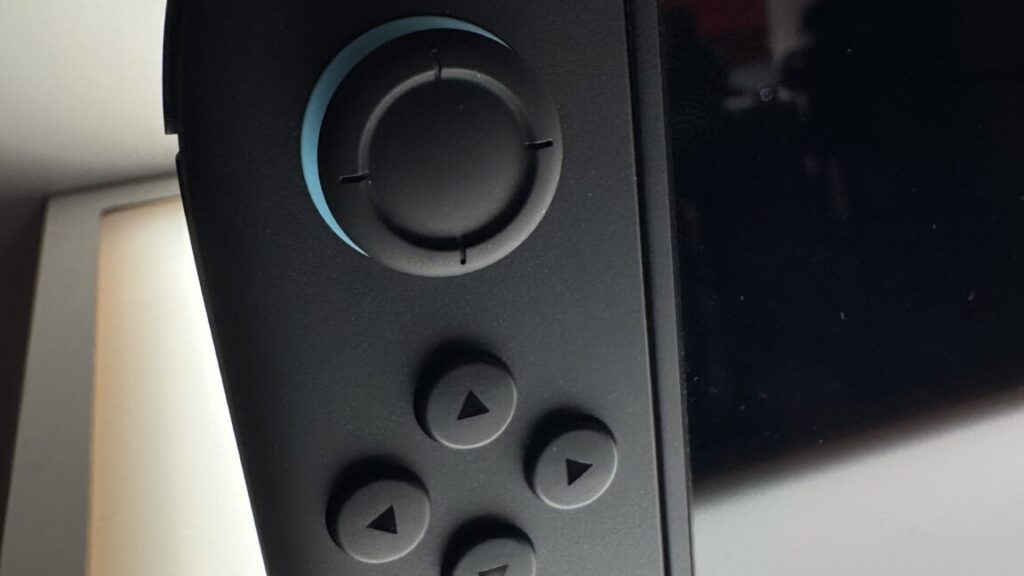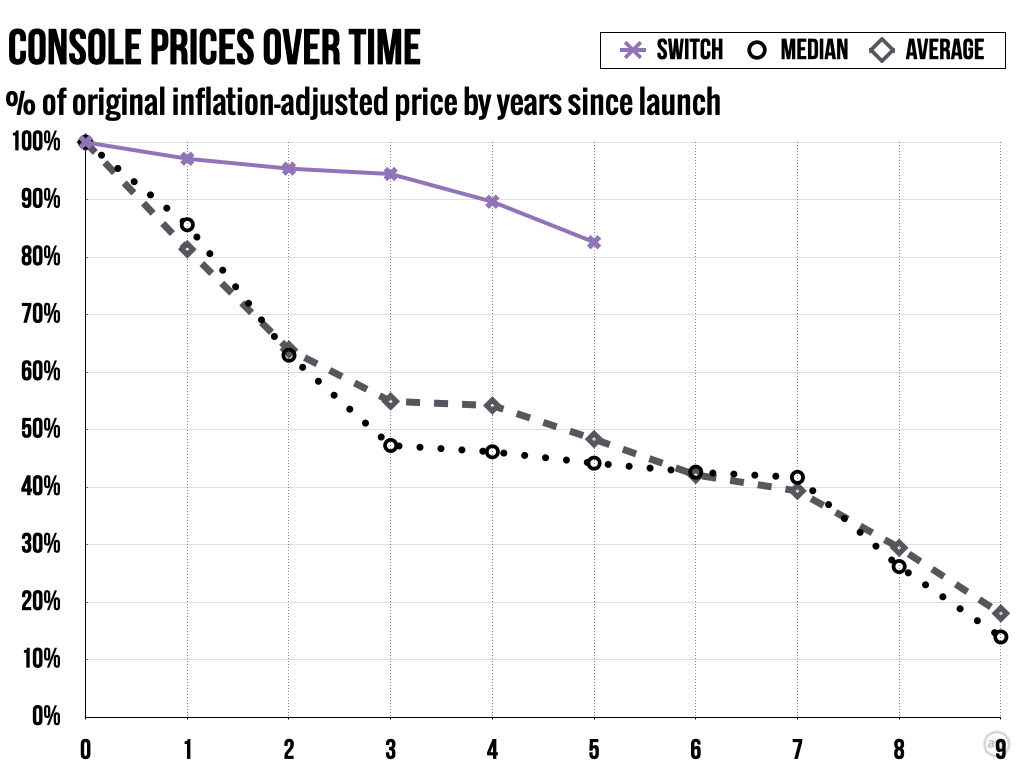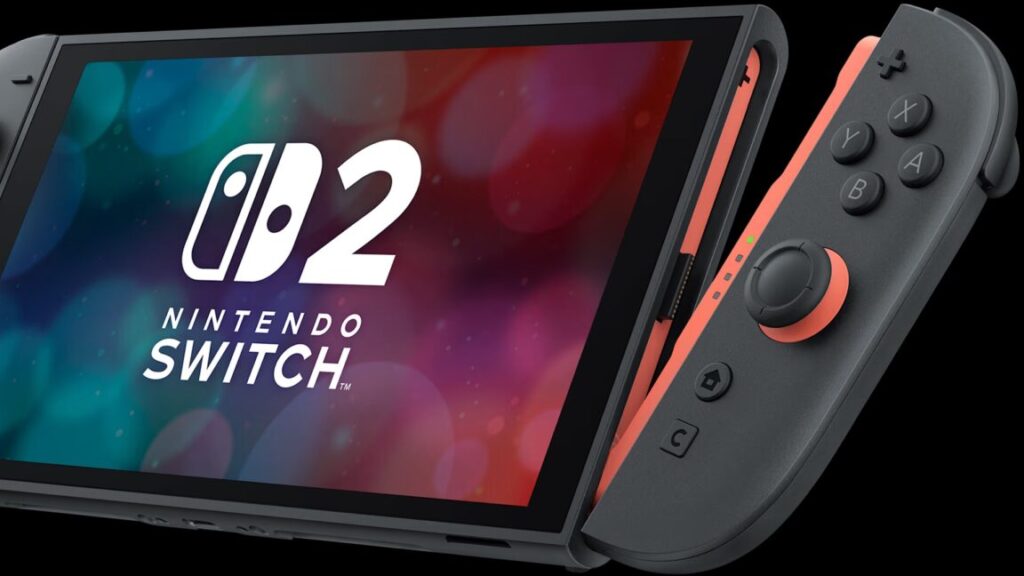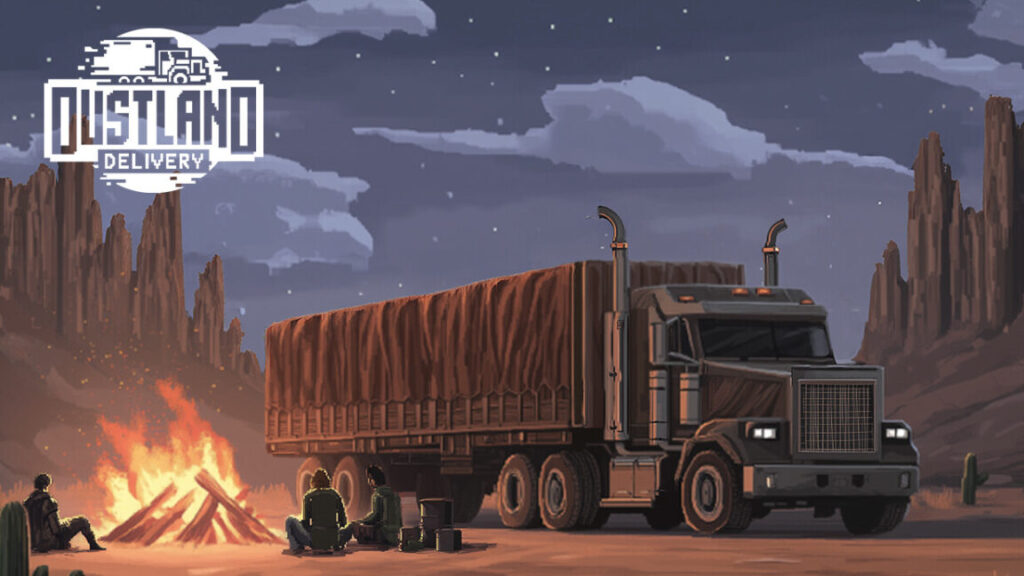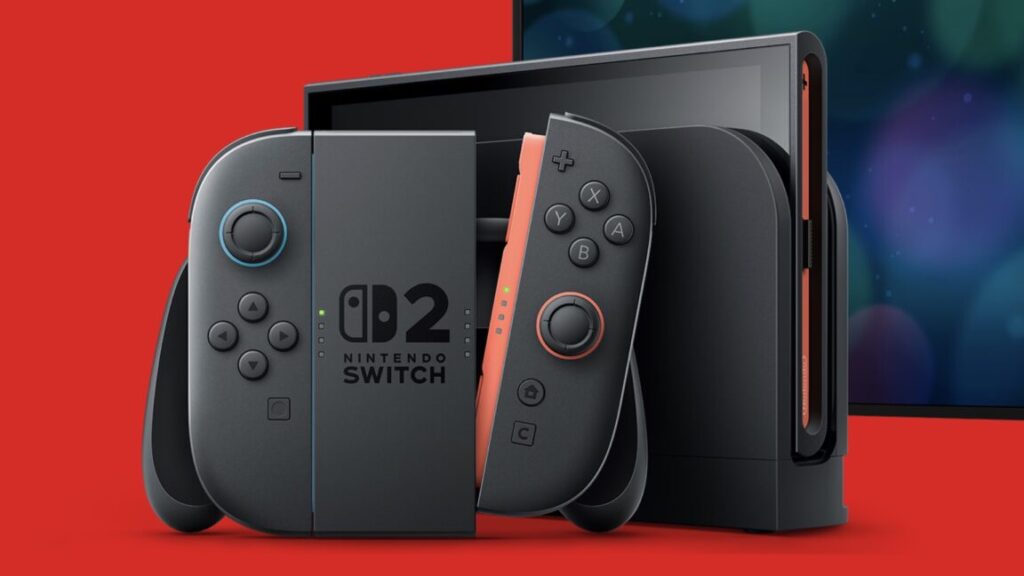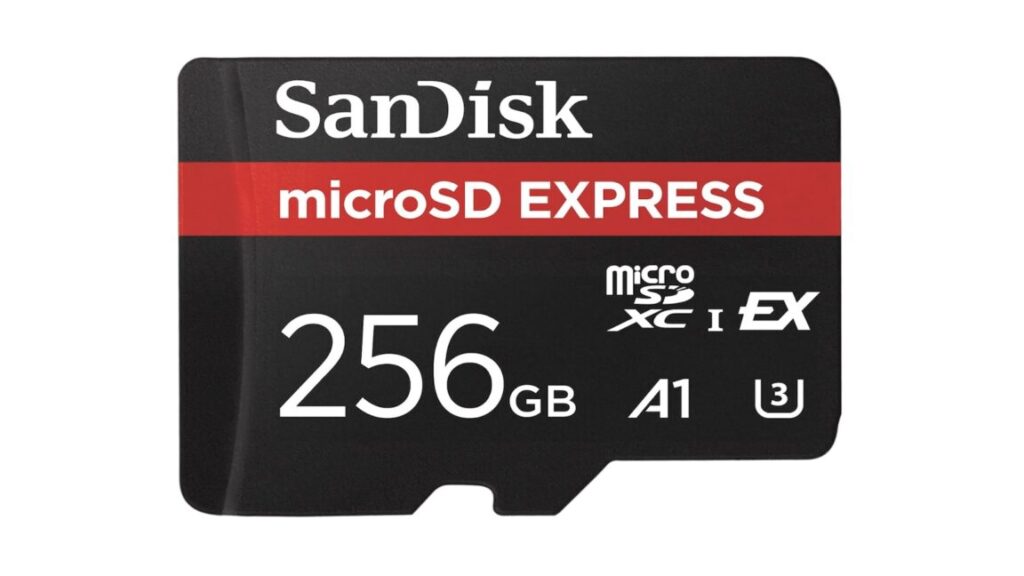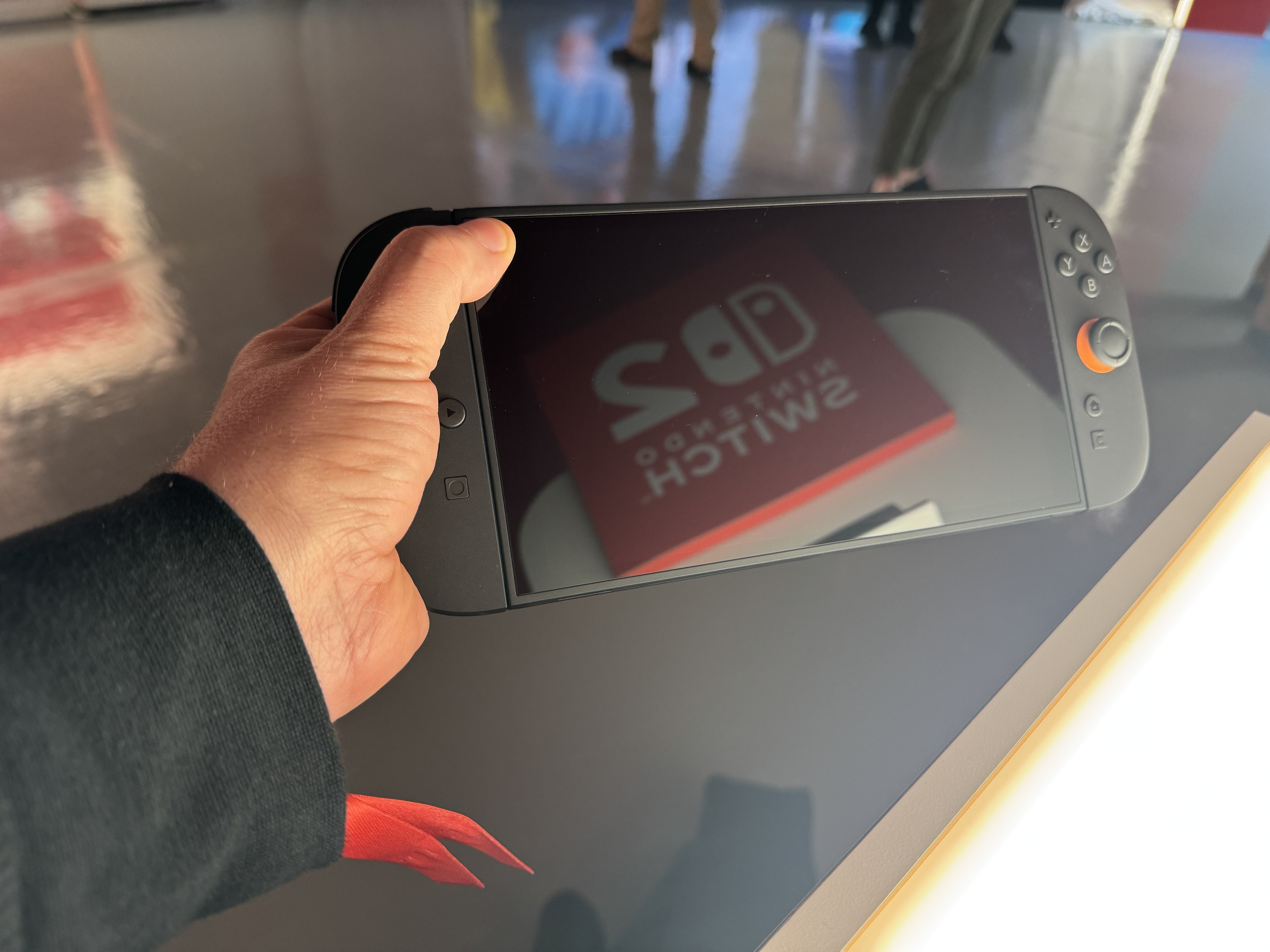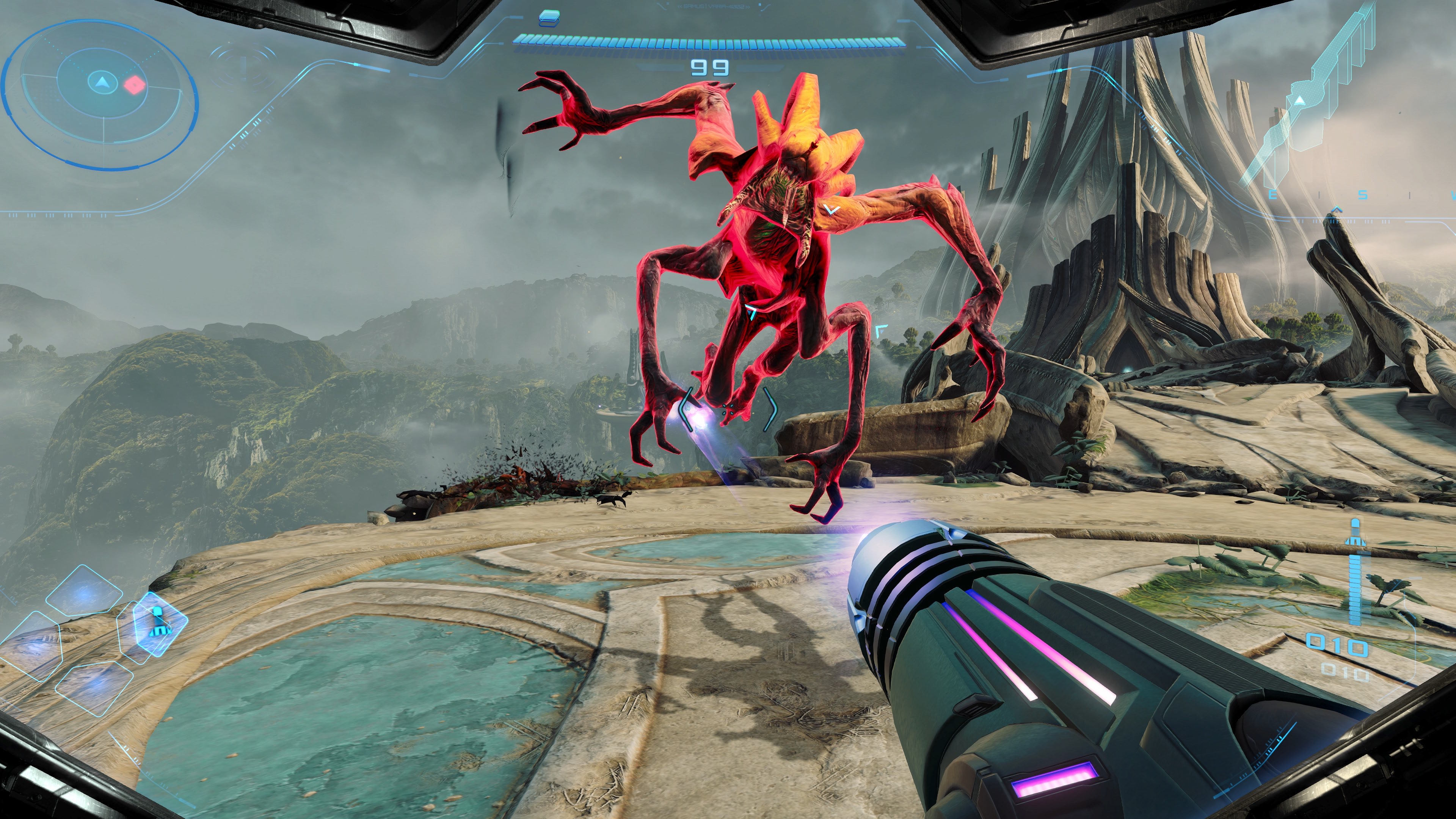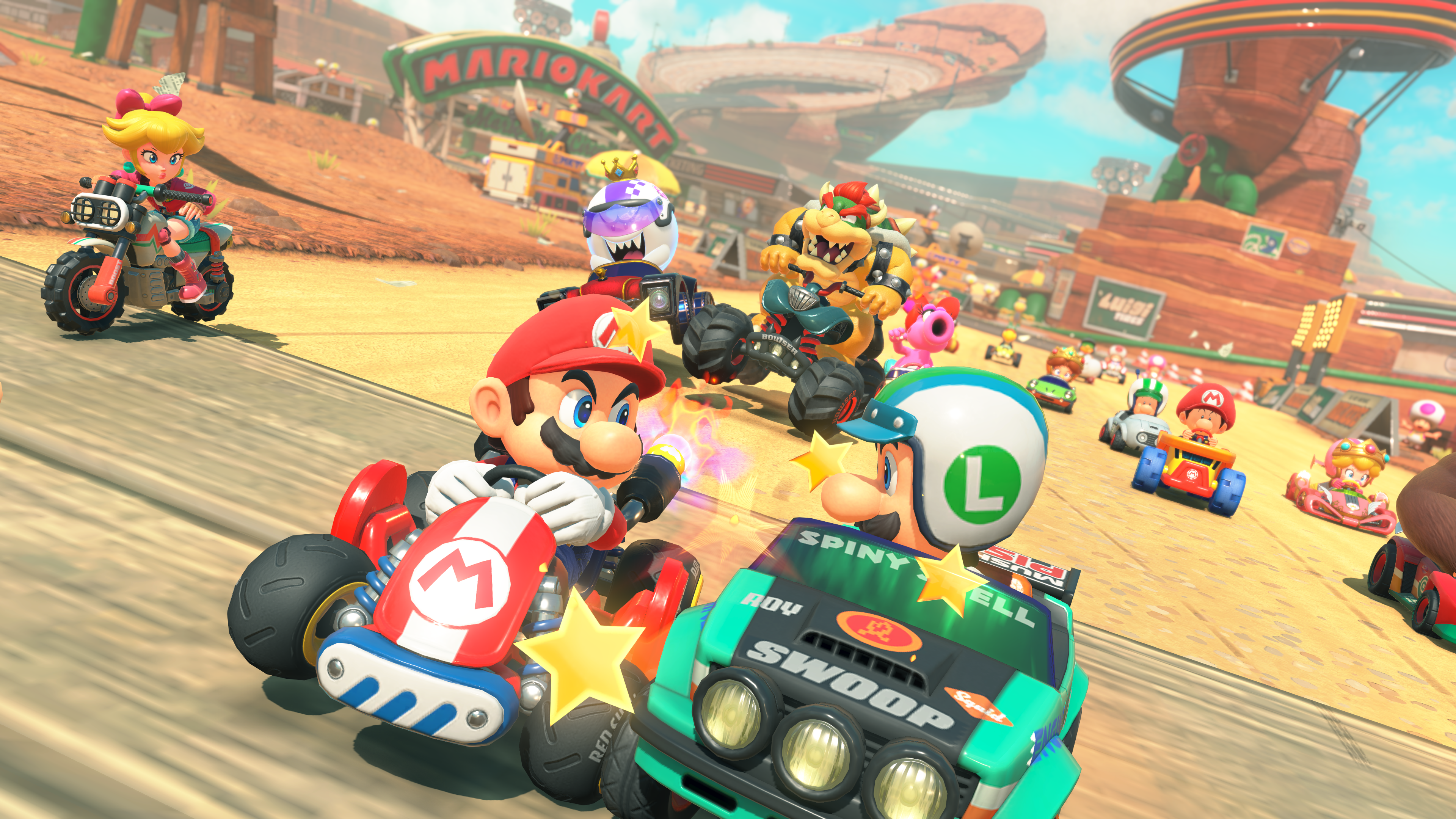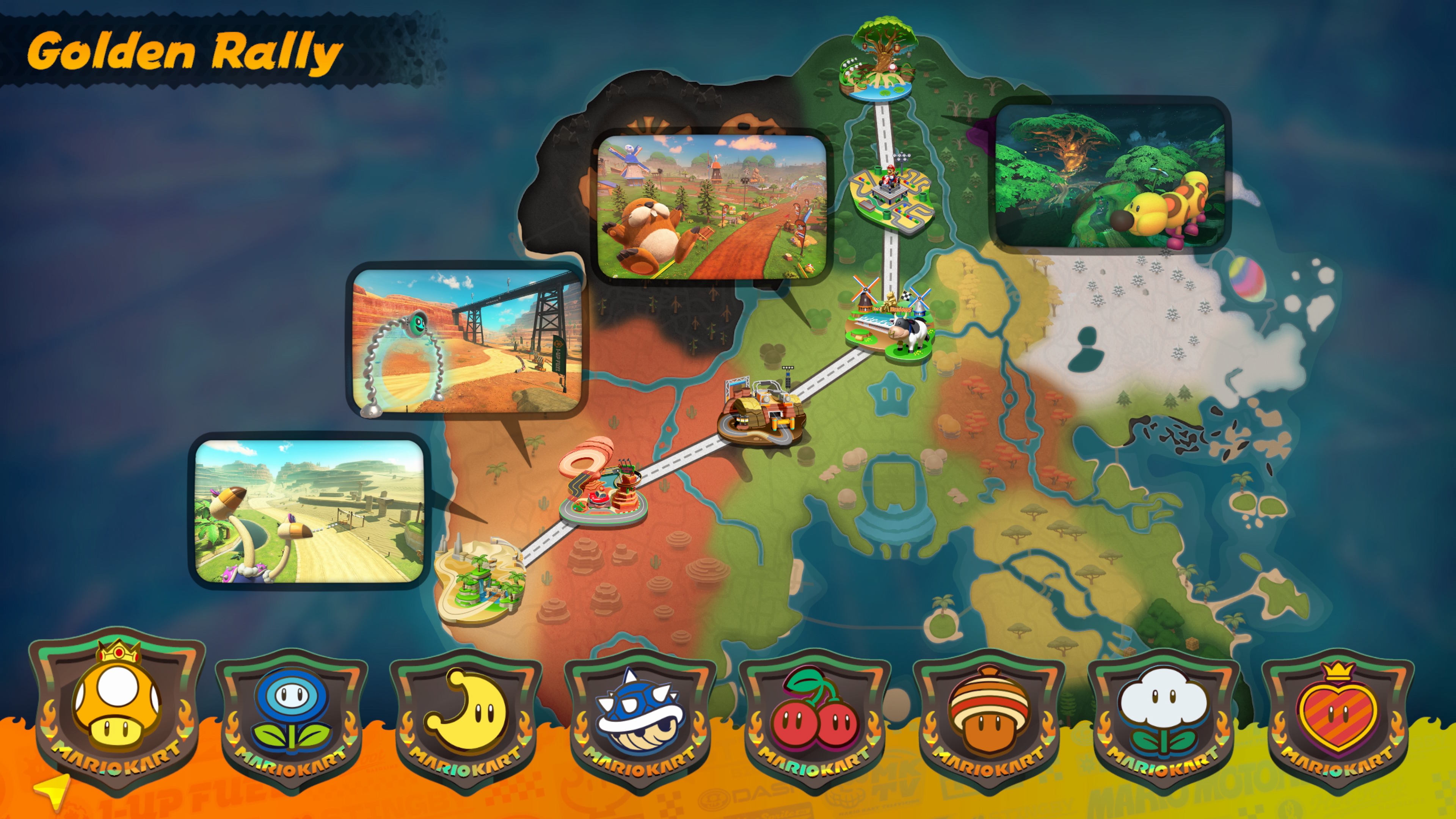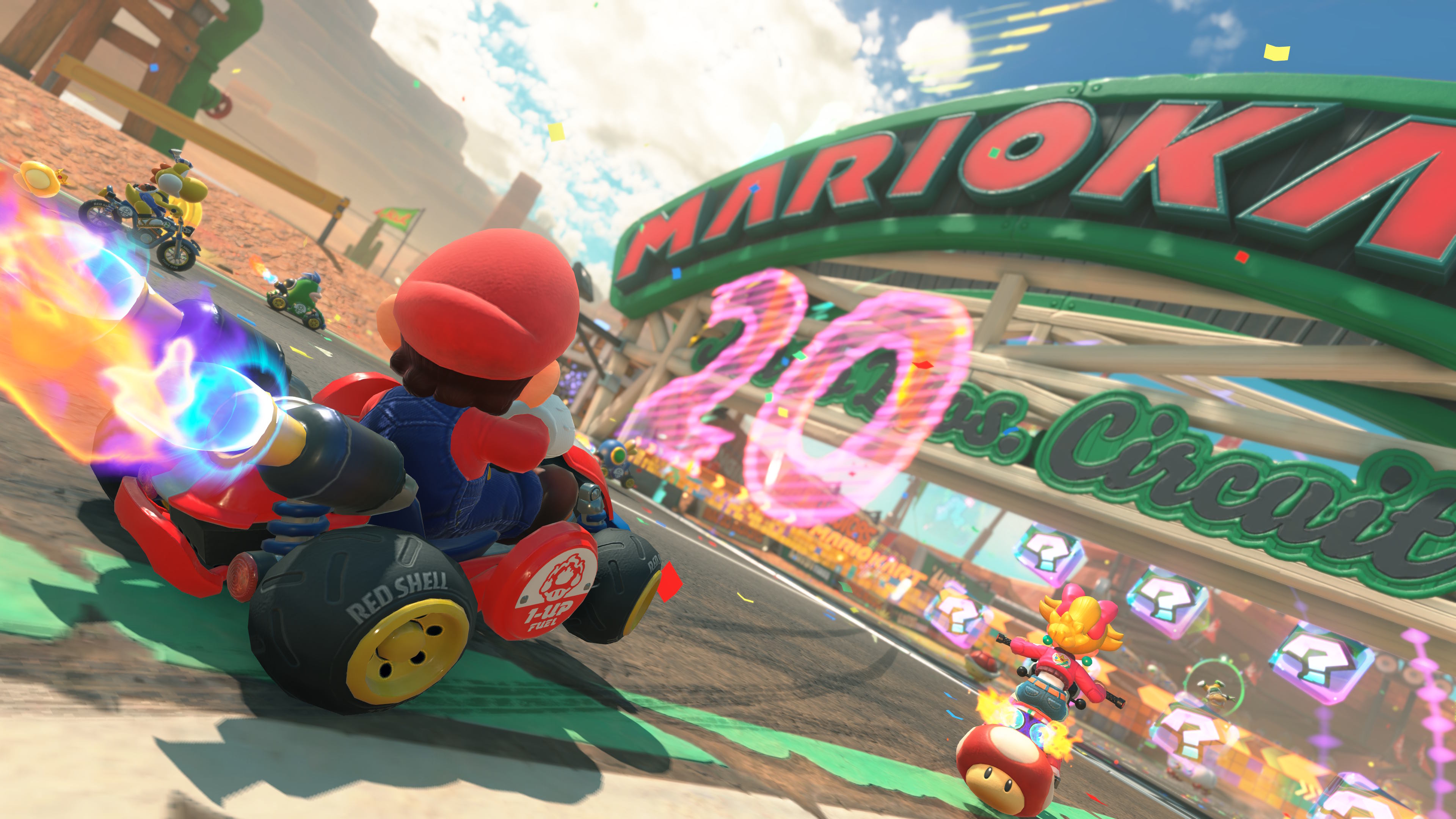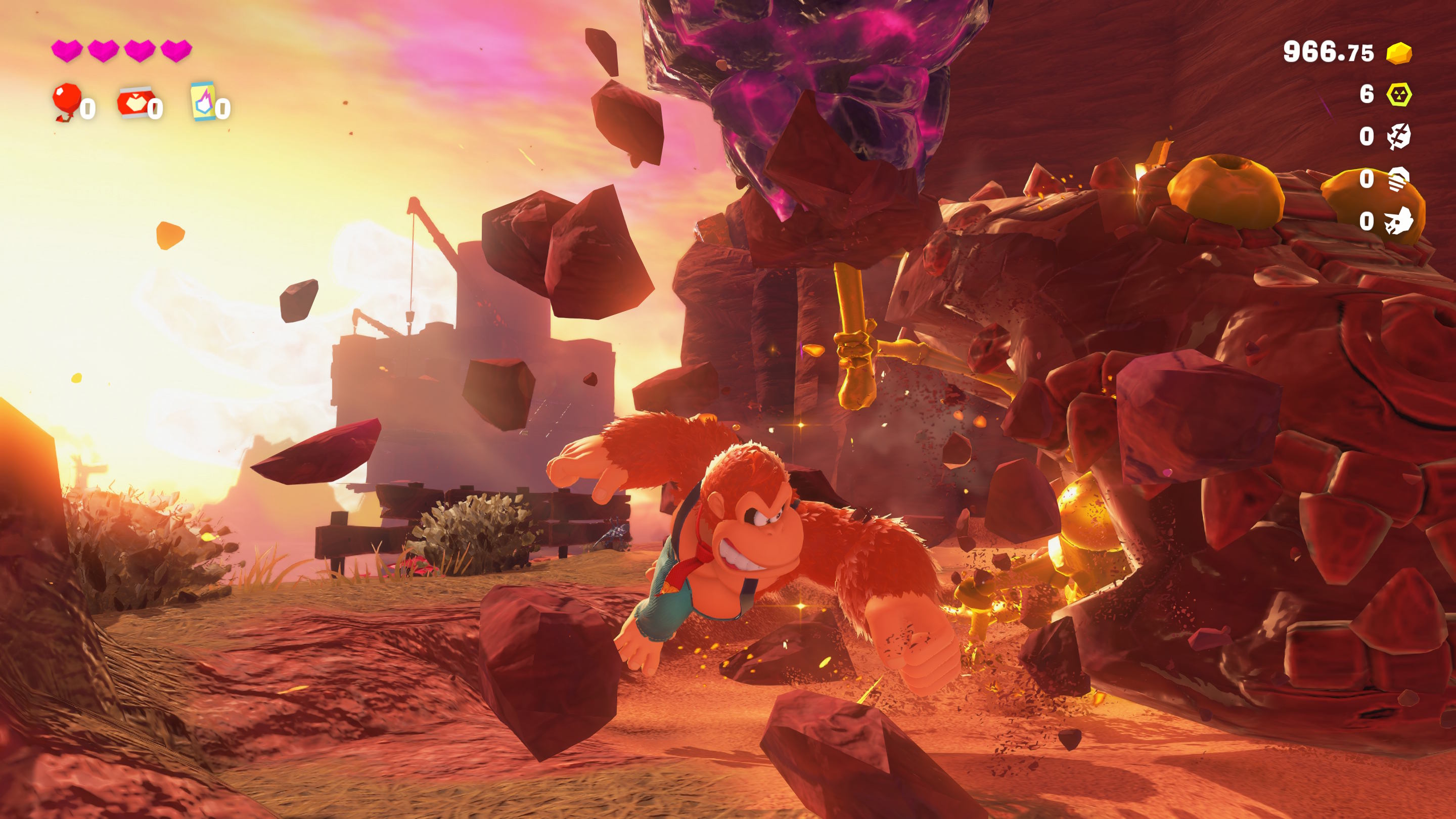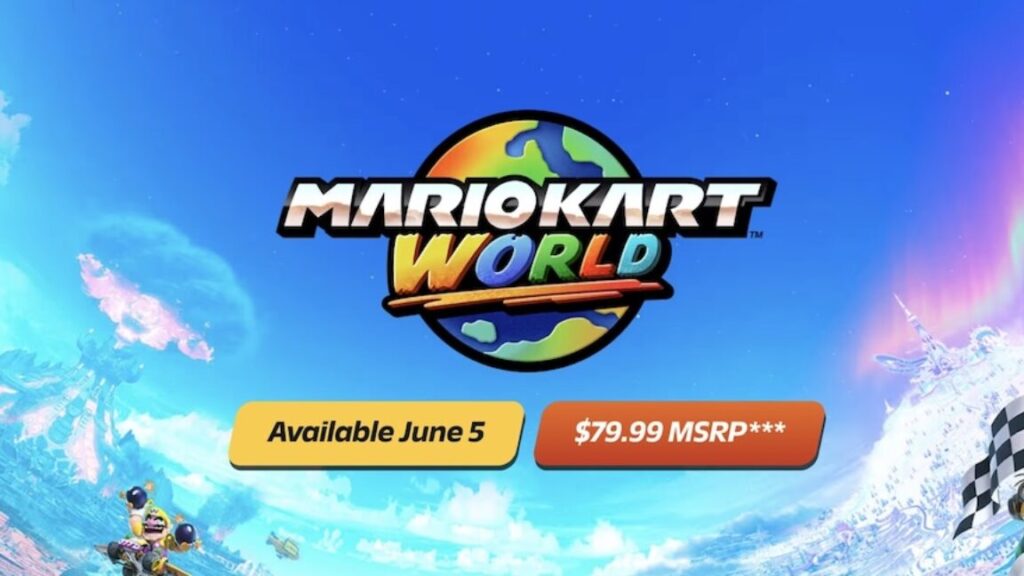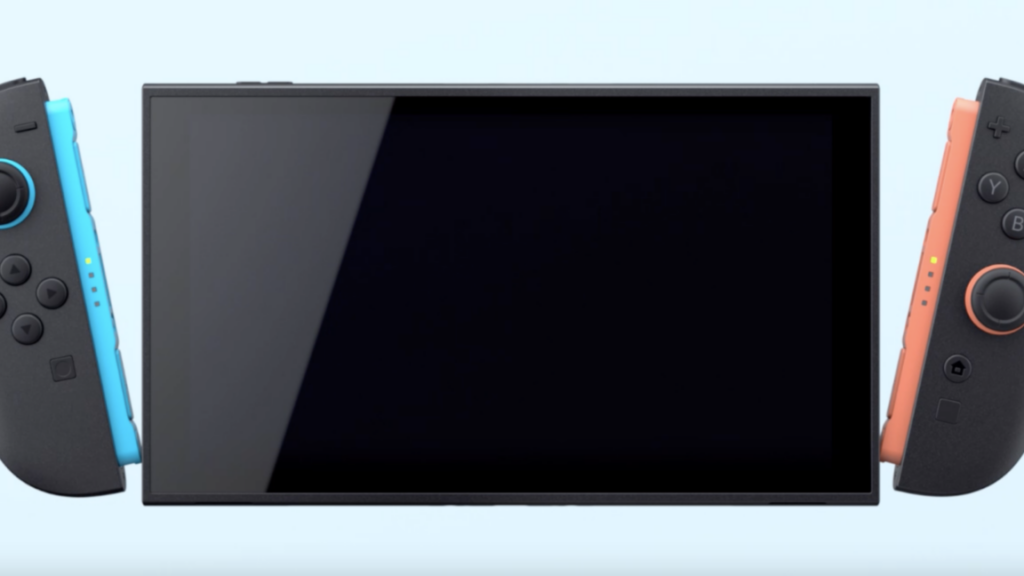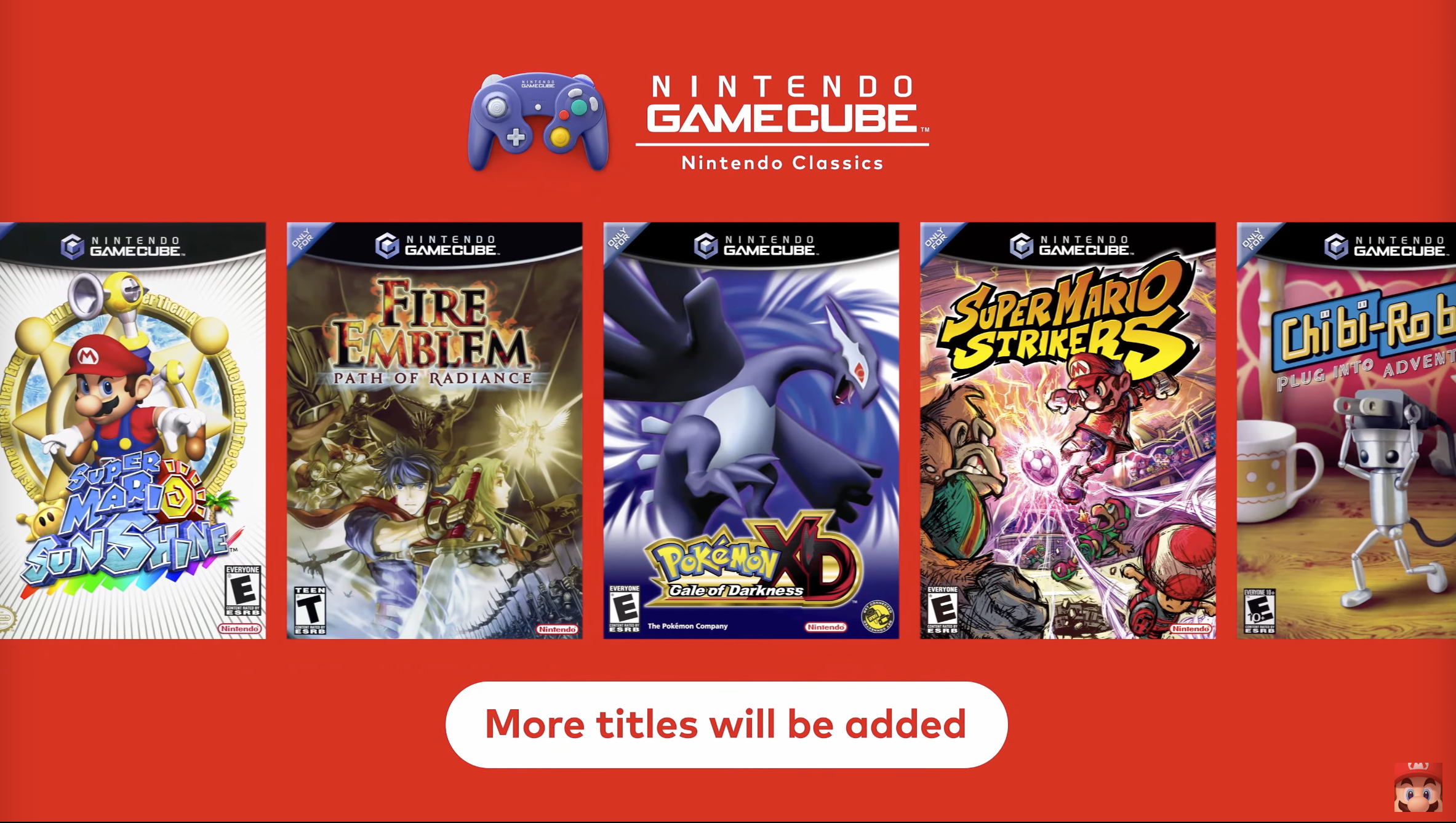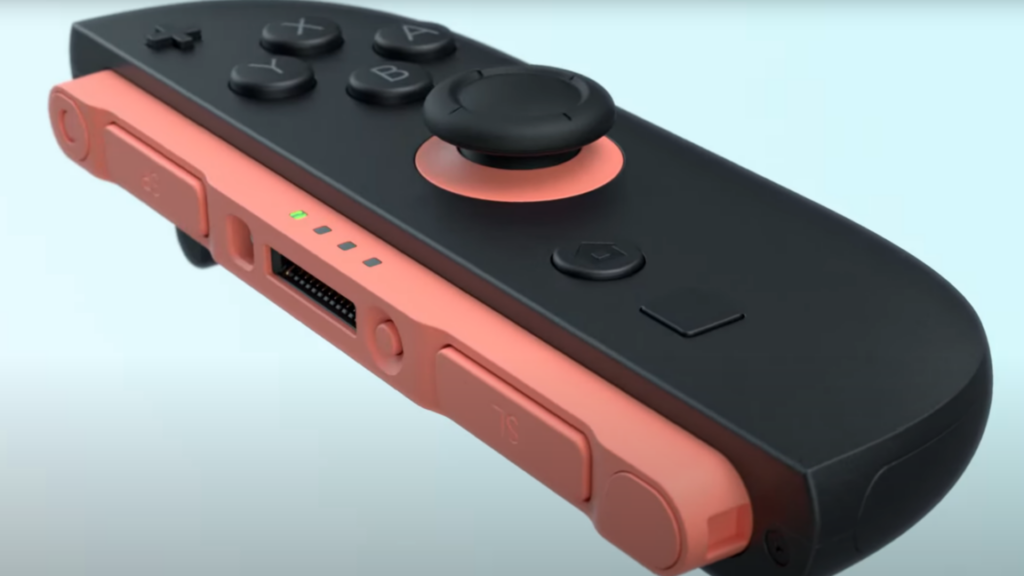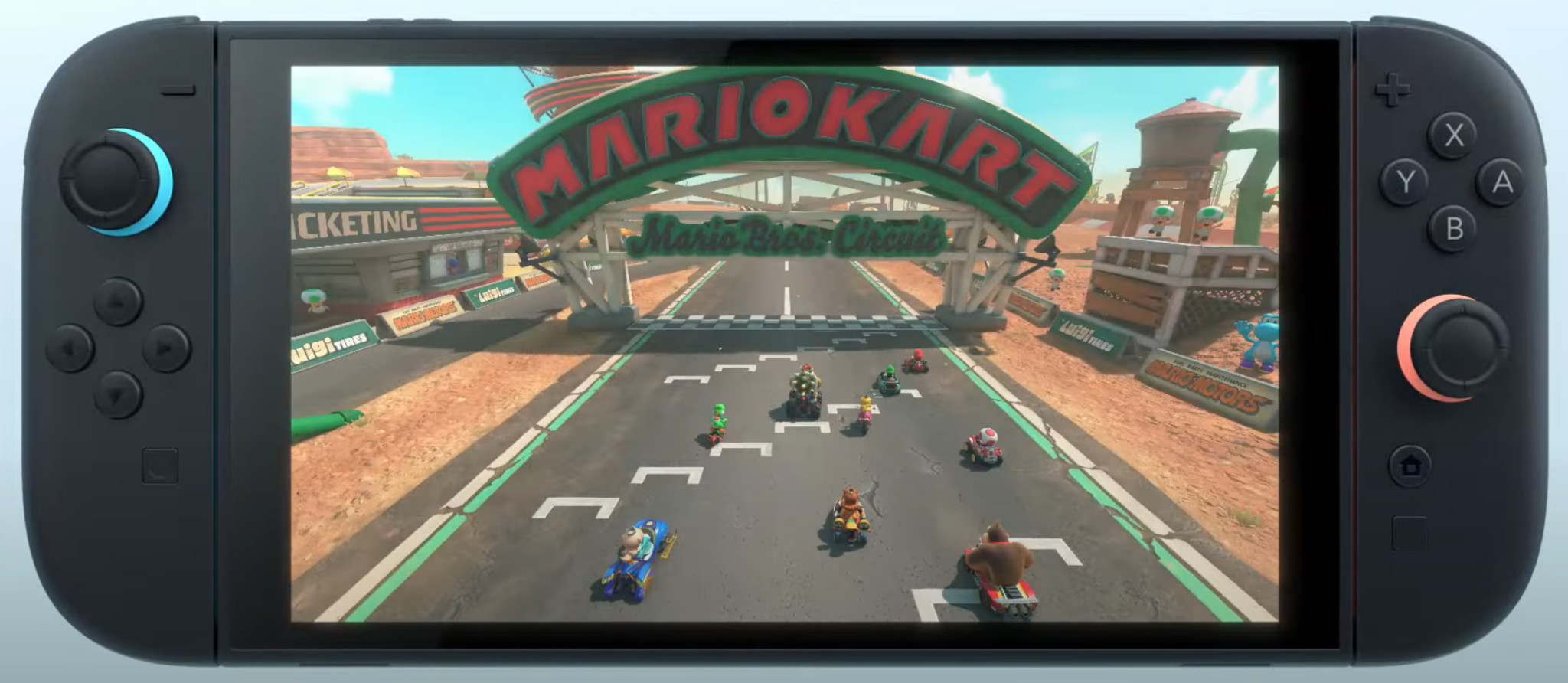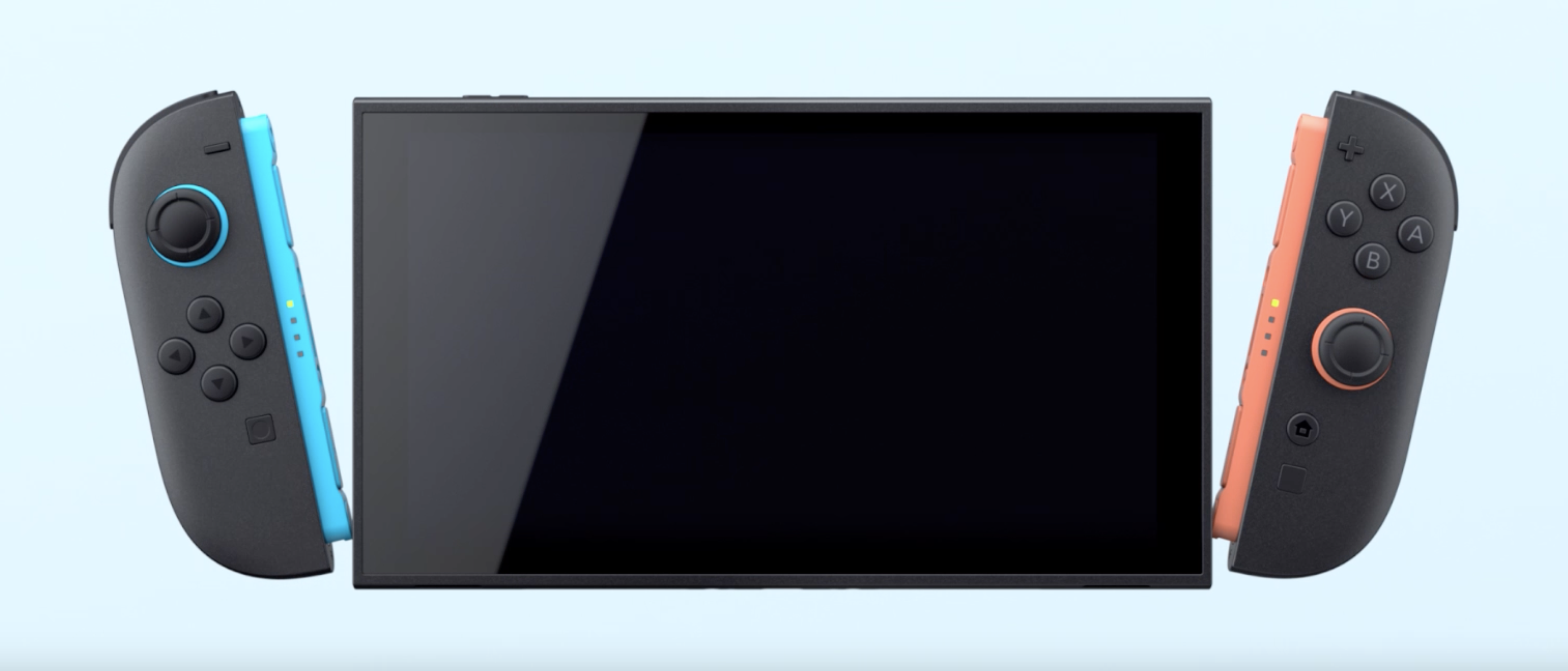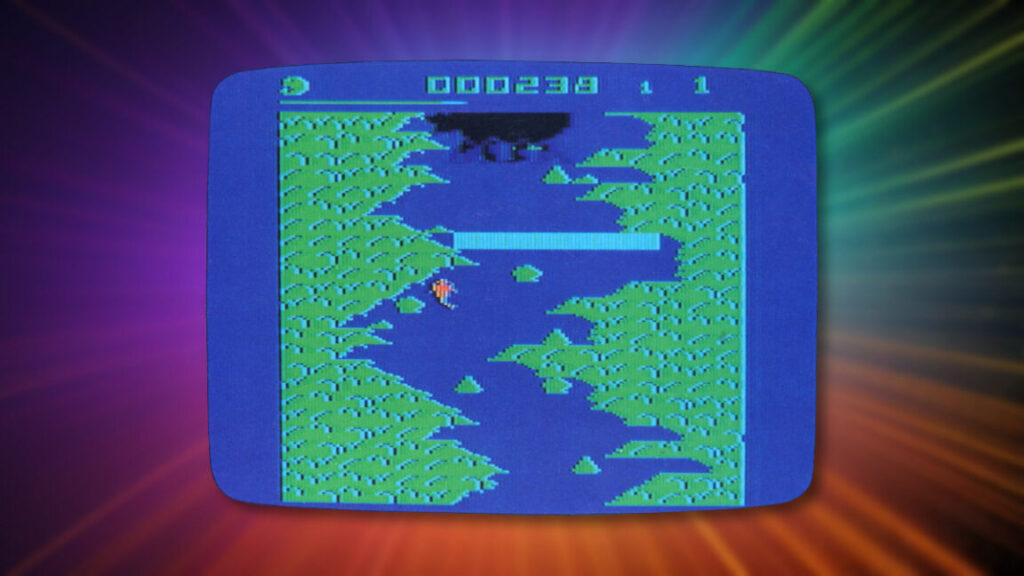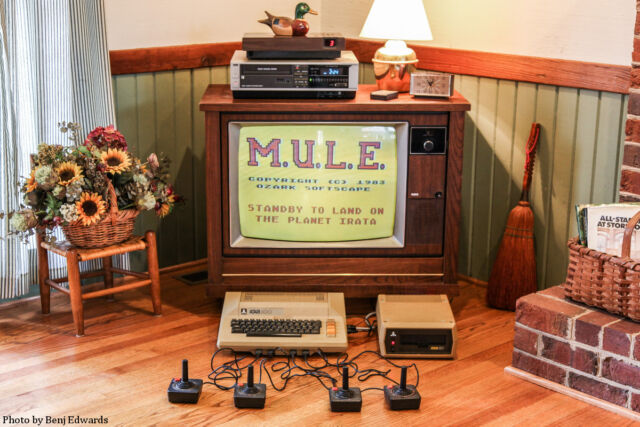Nintendo explains why Switch 2 hardware and software cost so much
Things just cost more now
In justifying the $450 price of the Switch 2, Nintendo executives predictably pointed to the system’s upgraded hardware specs, as well as new features like GameChat and mouse mode. “As you add more technology into a system, especially in this day and age, that drives additional cost,” Nintendo Vice President of Player & Product Experience Bill Trinen told Polygon.
That said, Trinen also pointed to rising prices in the wider economy to justify the $150 jump between Switch and Switch 2 pricing. “We’re unfortunately living in an era where I think inflation is affecting everything,” Trinen said.
The Switch never saw a nominal price drop, but inflation still ate away at its total cost a bit over the years.
Trinen isn’t wrong about that; the $299 early adopters paid for a Switch in 2017 is worth about $391 in today’s dollars, according to the BLS CPI calculator. But for customers whose own incomes may have stayed flat over that time, the 50 percent jump in nominal pricing from Switch to Switch 2 may be hard to swallow in a time of increasing economic uncertainty.
“Obviously the cost of everything goes up over time, and I personally would love if the cost of things didn’t go up over time,” Trinen told IGN. “And certainly there’s the cost of goods and things that factor into that, but we try to find the right appropriate price for a product based on that.”
Is $80 the new $70?
Talk of inflation extended to Trinen’s discussion of why Nintendo decided to sell first-party Switch 2 games for $70 to $80. “The price of video games has been very stable for a very long time,” Trinen told Polygon. “I actually have an ad on my phone that I found from 1993, when Donkey Kong Country released on the SNES at $59. That’s a very, very long time where pricing on games has been very stable…”
Nintendo explains why Switch 2 hardware and software cost so much Read More »
